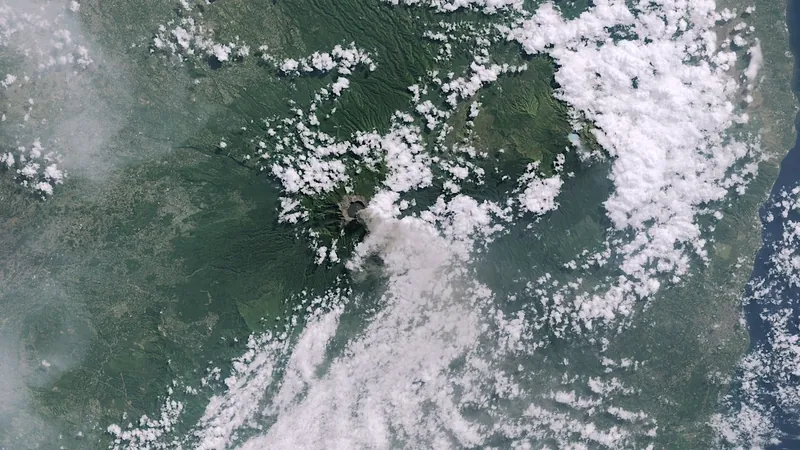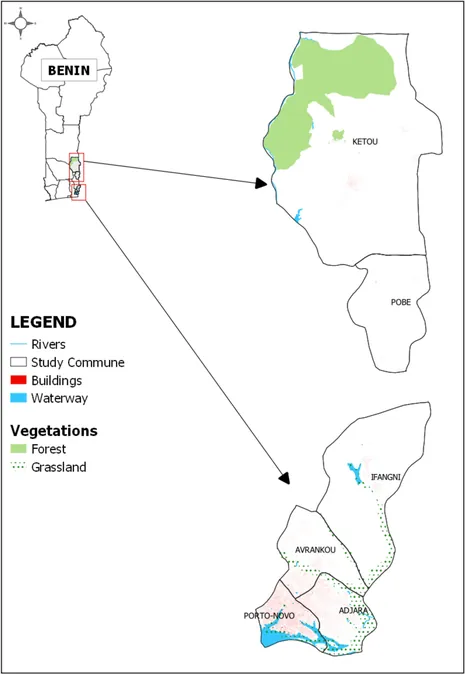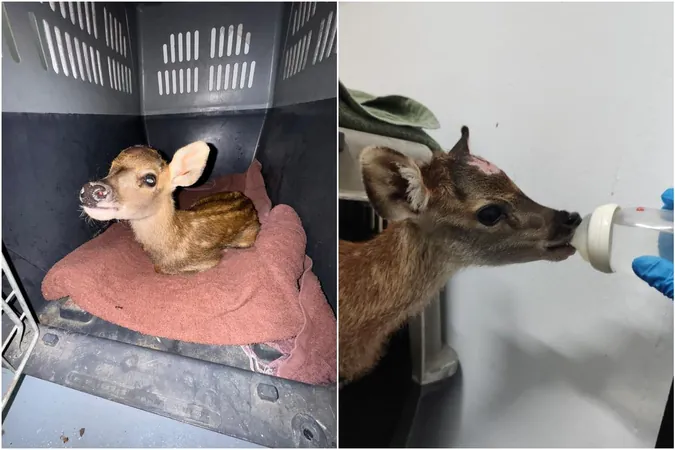
NASA's AI Revolution: How Spacecraft are Turning into Smart Observers of Earth
2025-08-12
Author: Arjun
The Future of Earth Observation in Space
For over fifty years, we've refined our ability to observe Earth from space, applying this knowledge to our explorations beyond our own planet. With advances in artificial intelligence (AI), the next generation of spacecraft is becoming not only more intelligent but also more autonomous, enhancing our understanding of Earth and the universe.
Dynamic Targeting: A Leap Forward in Satellite Tech
NASA's latest innovation, dubbed 'Dynamic Targeting,' shows how AI can transform Earth observation. In a groundbreaking test, orbiting technology was able to instantaneously analyze imagery and make real-time decisions about what to focus on—all without human intervention. This leap took less than 90 seconds!
Using a sophisticated onboard sensor, Dynamic Targeting detects clouds to avoid and identifies specific targets for detailed observation, including fleeting phenomena such as wildfires and volcanic eruptions.
Why Clouds Are a Scientist's Nightmare
Cloud cover can hinder satellite observations up to two-thirds of the time, making this AI innovation crucial! Dynamic Targeting looks 300 miles ahead, distinguishing between clear skies and clouds. If conditions are favorable, it captures critical data; if not, it conserves storage for better opportunities.
How It Works: The Tech Behind Dynamic Targeting
The testing of this impressive technology is being conducted on CogniSAT-6—a compact CubeSat launched in March 2024. Equipped with advanced AI capabilities, this satellite performs image previews by tilting forward to gather cloud imagery, allowing its smart algorithms to steer away from obscured views.
What's Next for Dynamic Targeting?
Having successfully proven its ability to bypass clouds, the technology's next phase will focus on seeking out severe weather events. Future tests will involve thermal anomalies like wildfires, utilizing specialized algorithms for each application.
This innovation is not just a milestone for Earth observation. The principles behind Dynamic Targeting may one day be implemented in interplanetary missions, potentially allowing spacecraft to autonomously identify and investigate celestial phenomena.
A Bold Vision for Future Exploration
Imagine a network of satellites sharing data in real time; one satellite identifies a meteorological event, and the others pivot accordingly to collect relevant data. This concept—Federated Autonomous Measurement—is set to be tested later this year, expanding the potential of our observational capabilities dramatically.
In a world increasingly affected by climate change and extreme weather, intuitive AI-driven satellite technology could revolutionize our understanding of Earth's dynamics and beyond.





 Brasil (PT)
Brasil (PT)
 Canada (EN)
Canada (EN)
 Chile (ES)
Chile (ES)
 Česko (CS)
Česko (CS)
 대한민국 (KO)
대한민국 (KO)
 España (ES)
España (ES)
 France (FR)
France (FR)
 Hong Kong (EN)
Hong Kong (EN)
 Italia (IT)
Italia (IT)
 日本 (JA)
日本 (JA)
 Magyarország (HU)
Magyarország (HU)
 Norge (NO)
Norge (NO)
 Polska (PL)
Polska (PL)
 Schweiz (DE)
Schweiz (DE)
 Singapore (EN)
Singapore (EN)
 Sverige (SV)
Sverige (SV)
 Suomi (FI)
Suomi (FI)
 Türkiye (TR)
Türkiye (TR)
 الإمارات العربية المتحدة (AR)
الإمارات العربية المتحدة (AR)